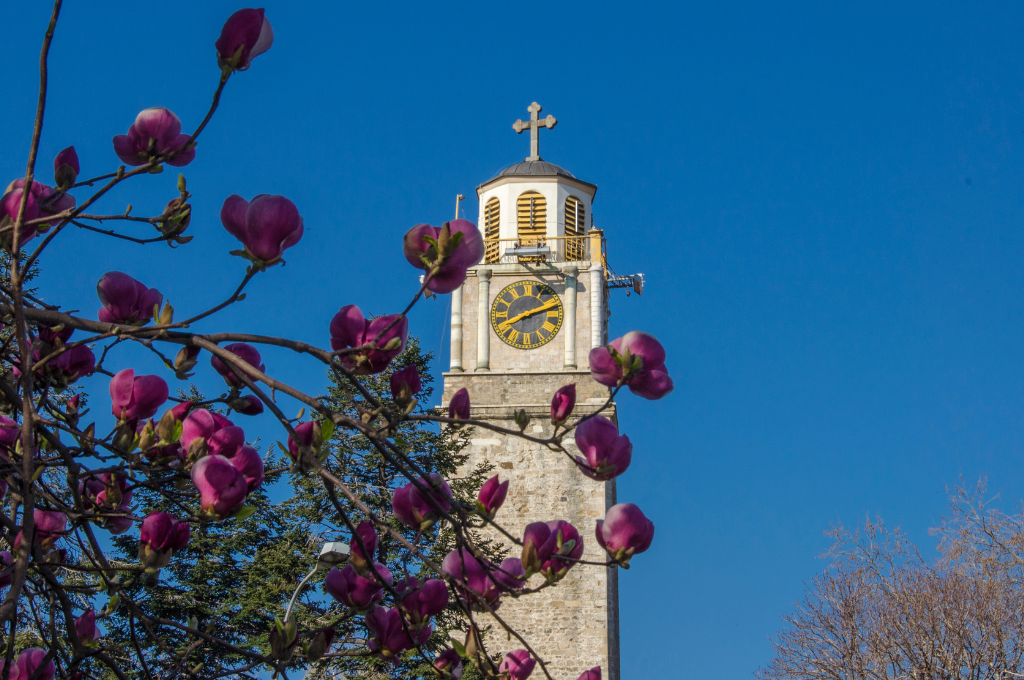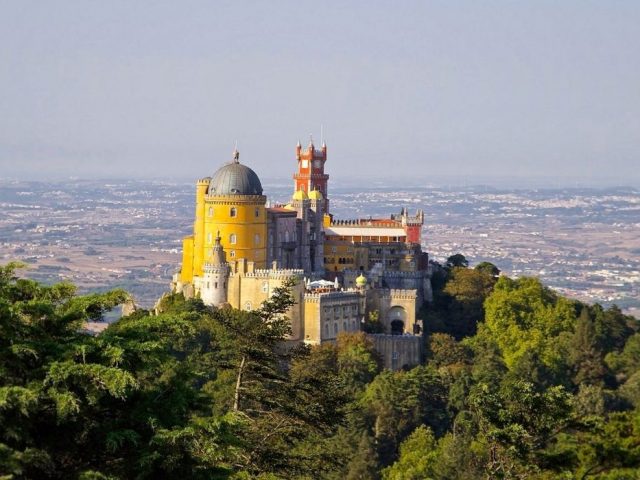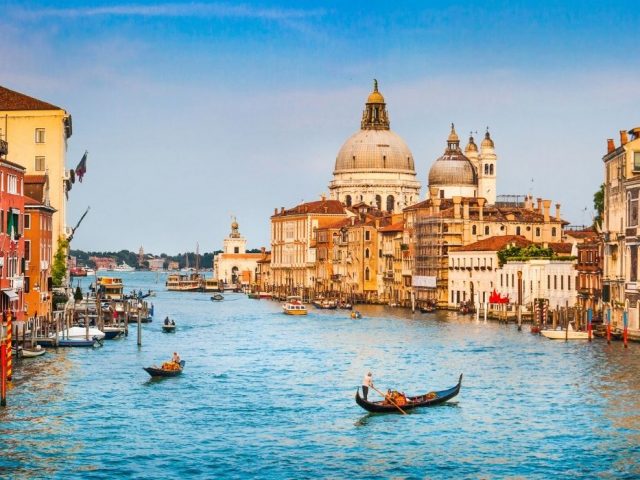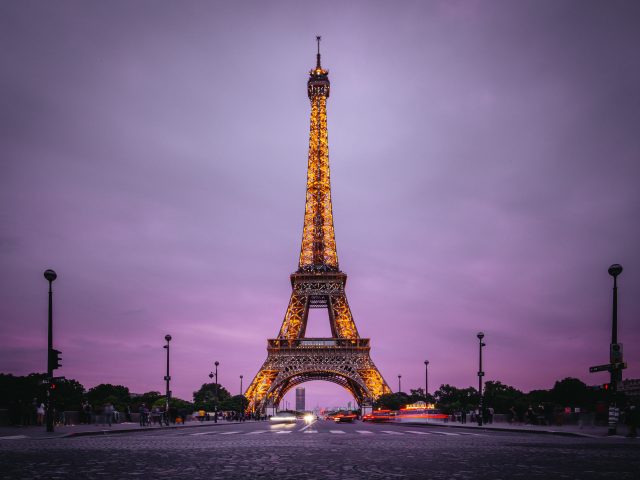Welcome to the gateway of Bitola, where antiquity whispers through cobblestone streets and modernity dances with tradition. Nestled in the heart of the Pelagonia valley, Bitola exudes an irresistible charm that beckons travelers from far and wide.
Bitola may be lesser-known compared to its bustling counterparts, but therein lies its allure—a hidden gem waiting to be discovered. Rich in places to visit and steeped in history, this Macedonian city promises a journey through time and culture.
Before starting the article, let’s remind you: Don’t forget to download the Piri Guide mobile app to explore Bitola step by step with your personal and digital tour guide! 😊
Where is Bitola
Bitola is located in the southwest of Macedonia, also in the southern part of the Pelagonia valley. It’s also close to the border of Greece. Besides being one of Macedonia’s most unique cities, it is the country’s second-largest city.
Bitola is an important intersection point as it connects the south of the Adriatic Sea to the Aegean Sea and Central Europe. Additionally, since there are consulates of many European countries in the city, it has been known as the “city of consuls” since the Ottoman period.
The Best Season to Visit Bitola?
Bitola is generally a pleasant city in every season. Like most tourist places, Bitola becomes popular in the summer months. Especially during this season, outdoor events and festivals are organized. However, our recommendation is to go in the spring months. Especially in the autumn, while the weather is still warm, the tourist crowds have relatively decreased. The winter months may be appealing for those who want to see Bitola’s snow-covered landscapes. However, the weather may be cold during this period and some historical sites may be closed.
How to Get to Bitola
- By Air: For those coming from afar, Skopje International Airport is your gateway to the region. From there, you can catch a connecting flight or hop on a scenic drive to Bitola.
- By Land: If you prefer the scenic route, consider traveling by train or bus. The train journey offers breathtaking vistas of the Macedonian countryside, while buses provide a convenient and budget-friendly option.
- By Road: For the intrepid adventurers, road trips offer the flexibility to explore at your own pace. Rent a car and embark on an unforgettable journey through the rugged landscapes leading to Bitola.
Manastır Gezilecek Yerler
Manastır’da mutlaka görmeniz gereken yerleri altta listeledik. Ancak çok daha fazlasını Piri mobil uygulamasında bulabileceğinizi hatırlatmış olalım. Piri mobil uygulaması, size Manastır için en güzel rotaları sunuyor, konumunuzu algılıyor ve neredeyseniz oranın hikayesini otomatik anlatmaya başlıyor. Size sadece kulaklığınızı takmak ve rotayı takip etmek kalıyor. Tamamen sizin keyfinize ve hızınıza göre hareket eden kişisel mobil tur rehberinizi indirmeden Manastır’ı gezmeye başlamayın! 😊
Saat Kulesi
Manastır deyince akla gelen sembol yapılardan biri, önünde durduğumuz bu saat kulesi. Hatta yakın zamanda “özel öneme sahip kültürel miras” listesine eklenmiş. Kulenin uzunluğu 33 metre. Mahmut Bey tarafından 17. yüzyılda yaptırılmış. Zaman içinde zarar görmüş kule. 19. yüzyılda büyük bir onarımdan geçmiş. Hatta söylenene göre duvarlarını güçlendirmek için Osmanlı, binlerce yumurta toplatıp harcın içine koydurtmuş.
Saat kulesinin üzerindeki haç ise sonradan eklenmiş. Her altı saatte bir, saatteki mekanizmadan “Biljana Platno” ve “Bitola Babam Bitola“çalıyormuş. Eğer dinlemek isterseniz gece 12, sabah 6, öğlen 12 ve akşam 6 saatlerinde kulenin yakınlarında olmanızı öneririm.
Magnolia Square
Magnolia Square is one of the most popular places in the city. Magnolia Square is located on Şirok Street. Şirok Street is like Istanbul’s Istiklal Avenue… Shops, cafes, and restaurants are gathered here. You know, when you say the Balkans, meat and pastries come to mind immediately. That’s why you can come across many meatball shops and “börekci” (pastry shops) on Şirok Street. Börek is a pastry that we often see in Ottoman cuisine. Ethnographic studies indicate that börek belongs to a very ancient period, belonging to the nomadic Central Asian Turkic culture. The Central Asian Turks made börek because they were looking for soft bread during their long journeys. They started frying the dough they prepared by folding it several times in oil. They called it Burga. Burga is actually the oldest form of the present börek.
Bitola Military High School
The building of Bitola Military High School was built as a military high school in the 19th century. Today it is used as the Bitola Museum. During the Balkan Wars, it was also used as a military barracks. The permanent exhibition in the museum hosts over 2000 works of art, ranging from the prehistoric period to the Socialist Period of Bitola. Just to the right of the door, there is a sign written in three languages: “Mustafa Kemal Atatürk, the founder and first president of the Republic of Turkey, graduated from the Military High School in this barracks in 1899.”
In a part of the museum, you can see Mustafa Kemal Atatürk’s identity, uniform, medals, and a geometry book. At the same time, there is also a statue reflecting Mustafa Kemal’s student days at the Military High School. The statue was brought here as a gift from the Republic of Turkey in 2011.
Heraclea Lyncestis Ancient City
One of the first sources where we see the name of the city is Demosthenes, a Greek statesman known for his opposition to King Philip II. Demosthenes was someone who advocated for the independence of Athens and argued that Greece should be free from Macedonian imperialism.
The naming of this ancient city as Heraclea is not surprising at all. This is because the Macedonian kings believed that their lineage descended from the hero Heracles, known in Anatolian culture as Hercules, the ancient Greek hero. According to legend, King Philip II was from the lineage of the Argive Temenids, who were descendants of Heracles.
While you’re in Bitola, you might want to visit Skopje as well. Before you go, be sure to check out our Skopje travel guide.




